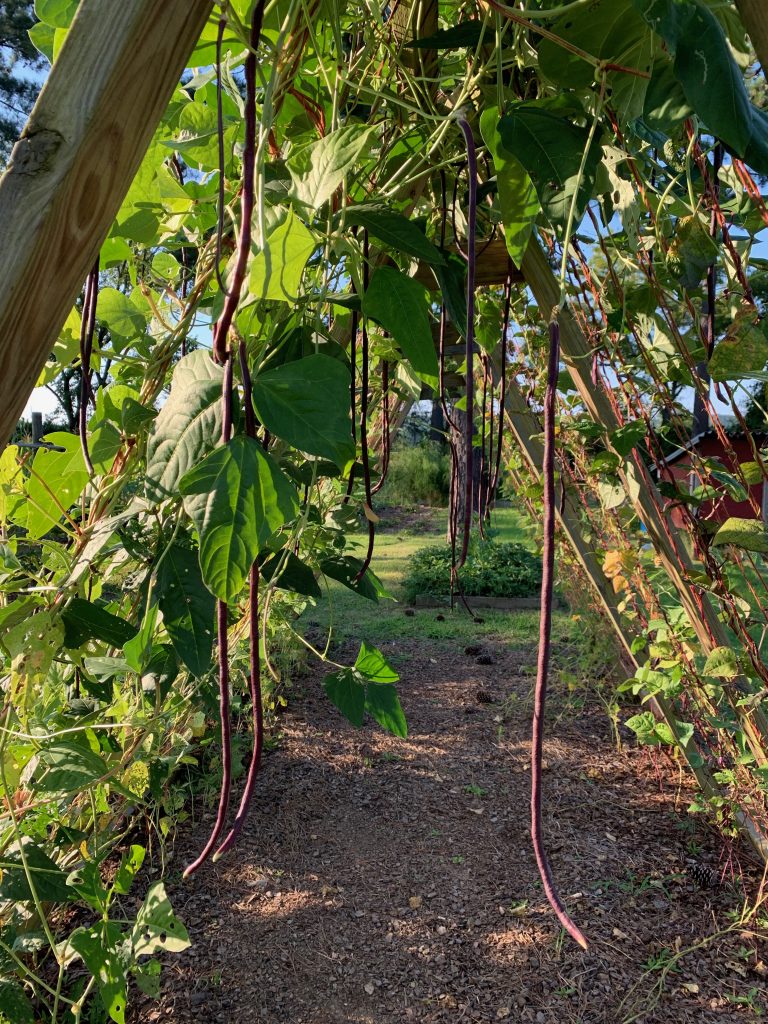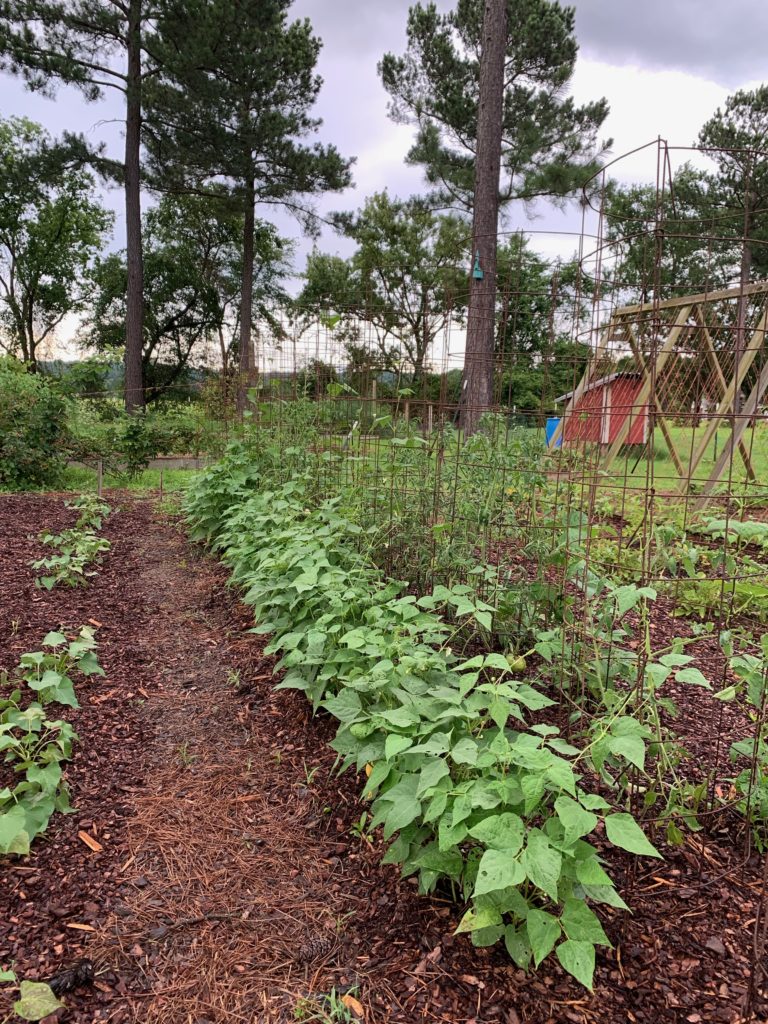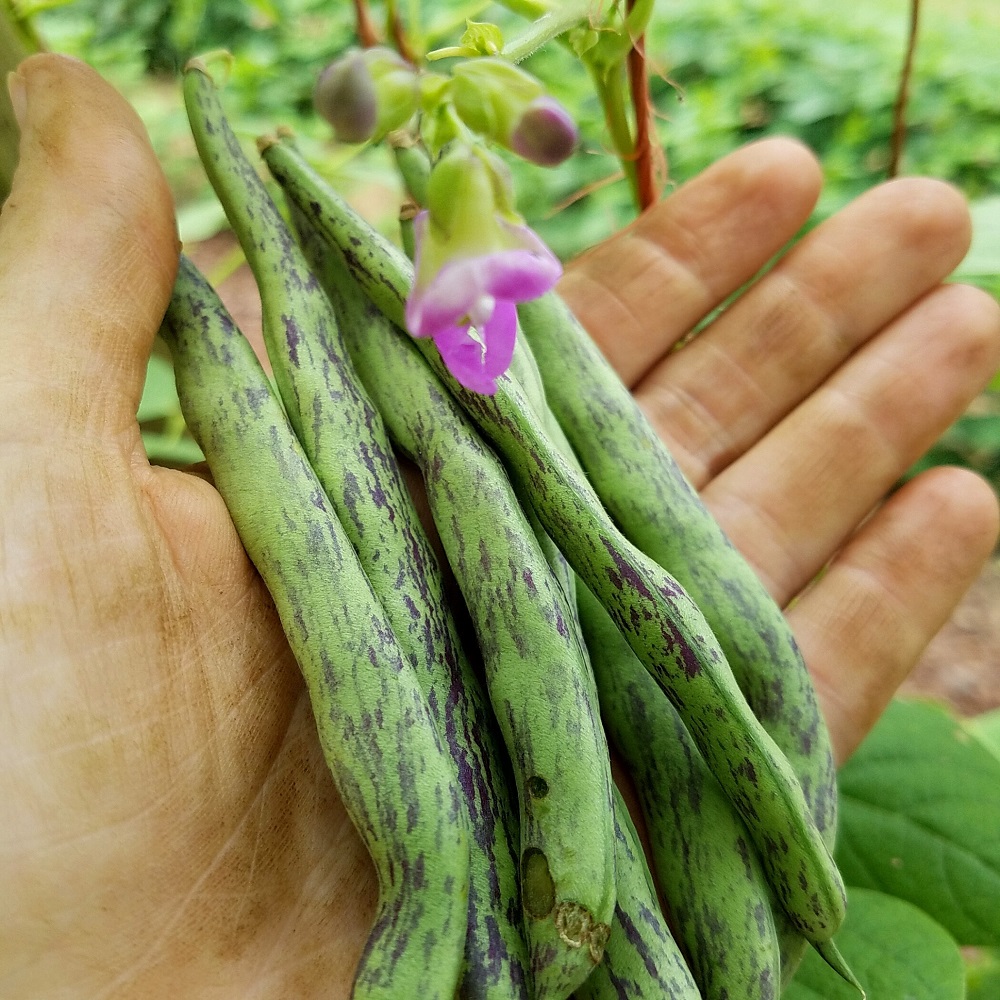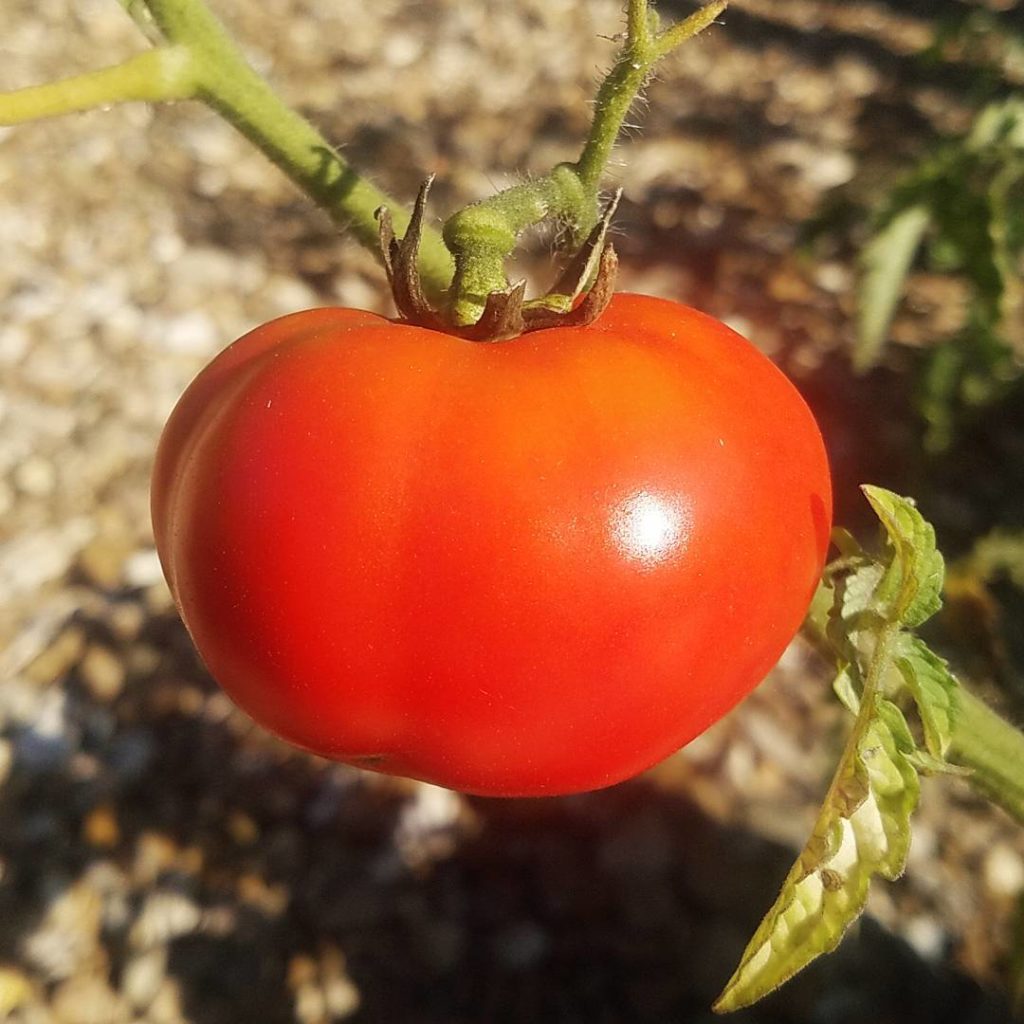Gardening in the Heat – Frequently Asked Questions
No matter where you live, you will most likely have to deal with hot weather throughout the summer. Your hot season might be shorter than mine in the southeastern US, but you likely have one. It was a surprise to me when I first started gardening that not all of my crops handle the hot summer well.
How do you make the most of your summer gardening in the highest heat? Nicole Burke of Gardenary joins me today on the Beginner’s Garden Podcast to discuss how to best handle our gardens in the heat. Click below to listen or continue reading.
*links below may contain affiliate links.
What temperature do some summer crops start struggling?
Most people know that crops are typically divided into cool weather crops and warm weather crops. But Nicole takes that division to a deeper step. She adds a category called “hot weather crops.” These crops — like okra, sweet potatoes, corn, and peppers — do well in the heat. Nicole encourages planting these crops to grow in the height of the summer where they thrive.
But did you notice a couple of common summer crops missing in this list?
Like most gardeners, many of us associate tomatoes, squash, beans, and similar crops with summer gardening. But in reality, they can languish in the high heat of summer. Many of these crops actually stop producing fruit when the daily temperature rises consistently above 85*F.
In my garden, tomatoes stop setting fruit and beans fail to produce in later July and into August. But as long as I keep the plants healthy, they rebound as the temperatures return to moderate levels.
What are some signs of heat stress in vegetables?
The leaves will often give us the first signs that there is a problem. They may start to wilt in the middle of the day. Another sign is sunscald on the fruit — basically sunburn-like places on the skin of tomatoes and peppers in particular. Tomatoes will stop setting fruit, beans may stop producing pods, squash may stop producing as many flowers, and cucumbers may start tasting bitter.
How do we care for heat-stressed vegetables?
First, it is helpful to choose varieties of crops that are better suited for the heat, like cherry tomatoes or the Juliet variety of tomatoes. Asparagus beans (also known as Chinese red noodle beans) tend to produce better than other varieties of pole beans in the heat.

But even the most resilient of these crops struggle. When we notice that happening, we need to shift our focus on keeping the plants healthy with plenty of water, mulching to help retain moisture and regulating soil temperature, and picking off diseased leaves. If we can keep the plants healthy, they will usually rebound and begin fruiting again once the temperatures moderate.

Do fruiting plants always need full sun?
Plants that produce their harvest by the “fruit or the root” need full sun — generally. “Full sun” is defined as 6-8 hours of direct sunlight per day.
But in the hottest of weather, many gardeners — especially in areas of the southern US — find that a bit of afternoon shade actually benefits their fruiting plants.
There are a couple of options for this. The quickest option is to provide shade to your crops by adding a shade cloth. If you’re gardening in containers, you may opt to move your containers to a shaded location in the afternoon.
Another option is to plan your garden layout where your plants receive a bit of shade from one another. I do this by planting half-climbing beans (like pinto beans) near my tomatoes to provide extra shade in the heat. I also do not prune my tomatoes because the foliage provides needed shade.

How do you think about watering in the heat?
When the heat rises, so does evaporation. This means that your garden may need more water than in other times of the year. But not always. If you dig your fingers a couple of inches into your soil, you can feel if the soil needs more water. Learn more about watering your garden effectively here.
Getting Your Garden through the Summer
Every garden, every climate, and every summer is different! Take note of which crops suffer in the heat and which ones hold up well. Consider planning your planting times to coincide with each plant’s ideal growing conditions. Work on keeping your garden as healthy as possible during heat waves to get them through until cooler conditions arrive. If you can do this, your best summer crop might actually be in the late summer.

Do you have any tips you can add to keep your garden healthy in the heat?
Do you get overwhelmed with garden planning?

Subscribe here for my best tips to plan your garden in just 7 days -- all for FREE.
Plus, I'll send you my "In the Garden E-mail" on Fridays, periodic updates on garden resources relevant to you, and you'll receive access to my entire bank of free garden downloads!
You are also agreeing to our privacy policy.


You are definitely right..Hot weather can be really damageful for plants! In my country hot season lasts for 2-4 months, depends on the year. Don’t know if it is so much but sometimes when the temperatures are really high they can be harmful for the crops. To keep my plants in a good shape I prefer growing them on the West side. Also to avoid evaporation I water my plants in the evening and it works so good. I also grow on the balcony what is possible for example mine tomatoes: https://gardenseedsmarket.com/tomato-mascot-cocktail-low-growing-variety-coated-seeds.html – they are quite resistant but unfortunately last year they were withering very fast. I changed their living conditions and now it’s so much better!
Thank you for sharing these practical tips and insights that will undoubtedly help me and others maintain successful gardens even in the midst of scorching temperatures.
They’re a fantastic resource for beginners like me who want to make the most of their summer garden. The insights and advice shared here are incredibly valuable. Can’t wait to put them into action!